Premium Only Content
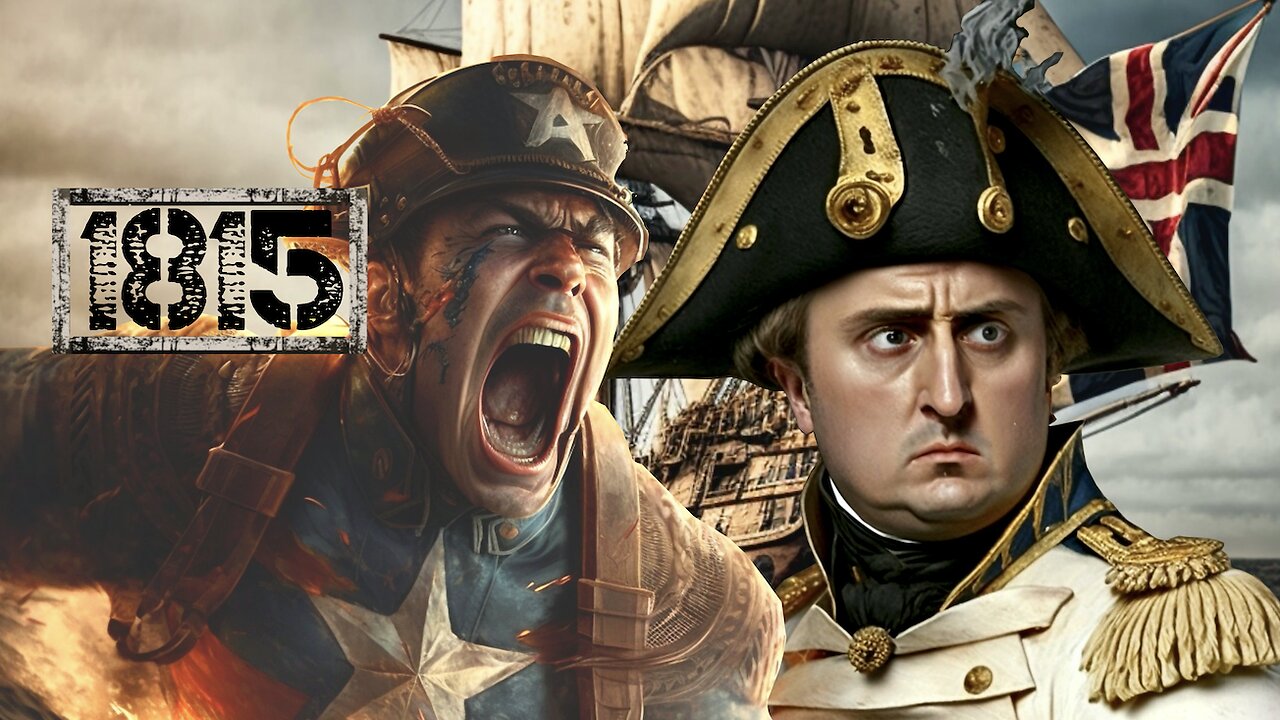
When Napoleon Met Captain America - Storytelling
#captainamerica #captainmarvel #marvel #marvelstudios #napoleon
The key secret to developing outstanding stories is to start with a statement; and create mini-stories based on some words of that statement. Then after branching out as far as possible with 4 or 5 mini-stories, you converge back to the main plot. And the beauty of this is that you create a coherent story based on seemingly incoherent mini-plots. But more importantly, you engage and surprise your audience. And that’s where Captain America and Napoleon come into the scene.
1. Illustration
1.1. Let’s say, someone comes with that statement “I moved from Europe to America”.
I could choose “America” as the base of my first mini-story.
“Oh let me first take that thing off. It’s so heavy. For once, I don't have to jump from the top of a building to save someone’s life. Or go and fight enemies somewhere. I can just relax, drink some of this fizzy drinks and sleeeeep. OOOh noooo they’re talking about me.
● Paul: "Hey Tom, look here. This is captain America. Look at how he is dressed. I always loved that costume."
● Tom: "He looks old though."
● Paul: "Did you know the colour of his suit is inspired from the french revolutio-telling-Telling n?”.
Then I could choose “enemies” for my second mini-plot
“Napoleon, toward the end of his reign, had enemies left and right. Even people in his own family tried to kill him. There was that time when the flask fell down, and the cat drank the poison. Another time, his general drew a sword on him, but the sword got stuck in its sheath. And Napoleon got his general’s head. This all turned Napoleon paranoid”.
Paranoid as the thrid mini-plot
Imagine a paranoid guy who can’t stop laughing as his paranoia grows. The more people talk amongst themselves the more paranoid he gets, and the louder he laughs (strengthening his paranoia and making him laugh even more).
1.2. Converging mini-plots
Toward the end of 1814 Napoleon was becoming the laughingstock of Europe, after a cascade of blunders. This prompted him to send a secret letter to Thomas Jefferson asking for help in case his fortune turned sour. Thomas Jefferson, rubbing his hands at the prospect of experimenting with his newly founded team of "american heroes of the future", replies back positively.
1.3. End story
The ending of the story should make you want to know more. For example:
On July 15 1815, as the battle of waterloo sealed the fate of Napoleon; against all odds, he managed to escape captivity and hide in Rochefort. There, his faithful Marshal Ney, wounded and almost killed by the Prussians, suggests an idea. As he recounts how a shadowy team (speaking a language foreign to him) saved his life on the battlefield, Ney implores Napoleon to put a body double for captivity while he flees to the Americas. A skeptic Napoleon loudly bemoans at Jefferson's dark sense of humor for only sending a handful of men. That's when a young admirer dressed in blue/white/red introduces himself. "We are jefferson’s private unit and I am “private america”, and we will safely take you to the Americas".
"Mais Qu'est-ce qu'il dit?" asks a firmly impatient Napoleon.
Quickly rushed into a coach, Napoleon and the team ride toward Livorno port in Italy (map rochefort to Livorno). But with french bandits, british armies and a population turned bitter toward him; Napoleon’s ride south (before sailing to america) will prove dangerous and treacherous.
1.4. Goosh
You could show footage of a wounded Napoleon chased by British soldiers.
And the beauty is the story does not need to be accurate. As long as it’s captivating, involves mini-plots that are magically intertwined and progresses.
2. Implication on social media platforms
I am not a scriptwriter or a movie director. And you don't need to be either. As long as you understand that storytelling is a powerful way to compel people to action, then success is guaranted. Much more than just puking facts.
-
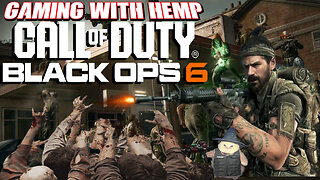 LIVE
LIVE
GamingWithHemp
1 hour agoCall of Duty BO6 Zombies episode #7
425 watching -
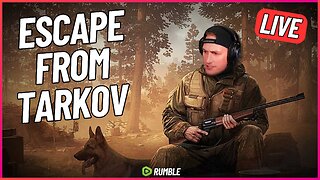 2:43:07
2:43:07
RG_GerkClan
3 hours agoLIVE: Lets Get to 500 FOLLOWS! - Escape From Tarkov - Gerk Clan
1791 -
 LIVE
LIVE
Vigilant News Network
17 hours agoHillary Clinton EXPOSED In Another Massive Hoax | The Daily Dose
2,750 watching -
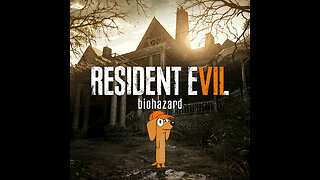 3:13:17
3:13:17
Boxin
3 hours ago(Rumble push to 50 Followers!) (alerts Working...?) Spoopy Month!!!! Resident Evil 7 Biohazard 4
50.3K2 -
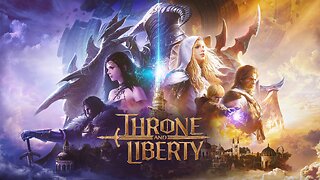 2:26:35
2:26:35
Father Russell
4 hours agoThrone and Liberty | Morning Stream
27.6K1 -
 5:59:12
5:59:12
ColdHe4rted
8 hours agoOverwatch = new tank! Lets go!
21.5K -
 5:19:50
5:19:50
SLS - Street League Skateboarding
8 days ago2024 SLS Tokyo: Women’s and Men’s Knockout Rounds
552K29 -
 2:51:00
2:51:00
Fresh and Fit
12 hours agoWomen Claim To Give Better Dating Advice So We Did THIS...
176K93 -
![[F EM UP Friday] Take # 2 [Destiny 2] Lets Kick Some A$$! #RumbleTakeOver](https://1a-1791.com/video/s8/1/c/W/7/1/cW71u.0kob-small-F-EM-UP-Friday-Take-2-Desti.jpg) 5:16:50
5:16:50
CHiLi XDD
13 hours ago[F EM UP Friday] Take # 2 [Destiny 2] Lets Kick Some A$$! #RumbleTakeOver
92.2K6 -
 5:13:43
5:13:43
ItsMossy
19 hours agoHALO WITH THE RUMBLERS (: #RUMBLETAKEOVER
70.5K2